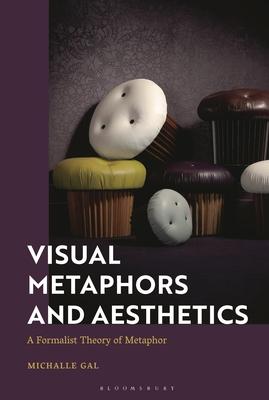This book offers a new definition of metaphor-as an ontological and visual construction, whose roots are external visual forms, and its motivation is our attachment to forms. This definition, which Michalle Gal names "visualist," challenges the ruling conceptualist theory of metaphors and places a new emphasis on how we experience rather than understand metaphors. In doing so, she responds to the visual turn that is taking place in literature and the media, demanding that the visual become a site of philosophical analysis.
This focus on the external visual world allows Gal to employ visual theories to capture the essence of metaphor. She looks beyond conceptual or semantic mechanism, and returns to theories of Arnheim and Gombrich and the current evolution of ideas about the visual or material and embodied cognition. Proposing to see visual metaphors in their basic form, she uses a new externalist terminology of ontology, visuality, composition, affordance, construction, and emergence. Setting out a new theory that takes into account that humans are visual no less than cognitive creatures, Visual Metaphors and Aesthetics lays the foundation for a new vocabulary to talk about metaphors.
Book
Visual Metaphors and Aesthetics: A Formalist Theory of Metaphor
by Michalle Gal
(Write a Review)
Paperback
$44.39
This book offers a new definition of metaphor-as an ontological and visual construction, whose roots are external visual forms, and its motivation is our attachment to forms. This definition, which Michalle Gal names "visualist," challenges the ruling conceptualist theory of metaphors and places a new emphasis on how we experience rather than understand metaphors. In doing so, she responds to the visual turn that is taking place in literature and the media, demanding that the visual become a site of philosophical analysis.
This focus on the external visual world allows Gal to employ visual theories to capture the essence of metaphor. She looks beyond conceptual or semantic mechanism, and returns to theories of Arnheim and Gombrich and the current evolution of ideas about the visual or material and embodied cognition. Proposing to see visual metaphors in their basic form, she uses a new externalist terminology of ontology, visuality, composition, affordance, construction, and emergence. Setting out a new theory that takes into account that humans are visual no less than cognitive creatures, Visual Metaphors and Aesthetics lays the foundation for a new vocabulary to talk about metaphors.Paperback
$44.39